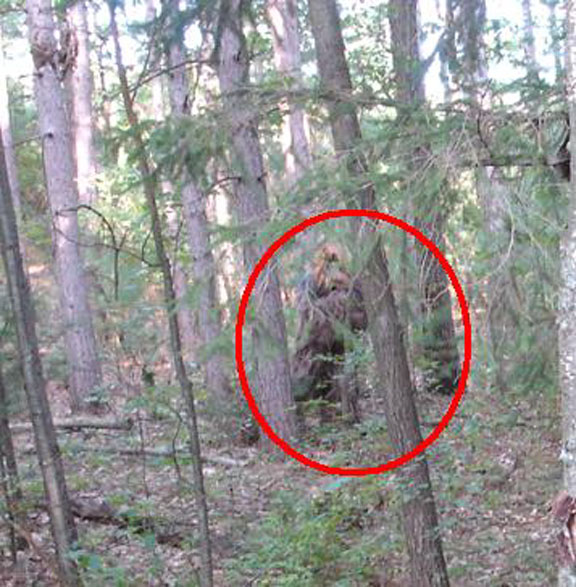“Administrative” Violations Should not be Dismissed
Last night, I queried the Oil and Gas Compliance Report wizard the PADEP website for Marcellus Shale violations from 2005 through February 15, 2012. The resulting document contained 4,072 rows of data, which as tallied by the DEP includes 3,497 violations, and 976 enforcement actions.
For an industry that would like to convince us that it is producing safe and clean energy, these numbers are pretty big. When presented with numbers like this, I hear the following refutation with surprising frequency: “Most of those are administrative violations. It’s just paperwork.”
Administrative and Environmental Health and Safety Violations for MS Wells in PA by Year(1)
So about 58 percent of the total number of violations are indeed categorized as administrative, which is a significant majority of all the Marcellus Shale violations in Pennsylvania (1). And yet, this is merely an observation, not an effective counterpoint to the argument that there sure are a lot of violations associated with this industry. This is doubly true when trying to address the fact that some operators have a better culture of compliance than others. If we were to take the leap that many have that administrative violations amount to paperwork, shouldn’t they be easy to avoid? If a drilling operator in this multi-billion dollar industry wanted to convey respect for Pennsylvania’s laws, wouldn’t adequate paperwork be a good place to start?
But if you take a closer look at the administrative data, the paperwork argument itself begins to fall into disarray. To date, there have been 59 violation codes used under the administrative category. Let’s take a closer look at the 15 of those which have been cited most frequently:
15 most frequent administrative violations for Marcellus Shale wells in PA
And here is the color key for the chart above:
The two most frequent administrative violations cited are so vague that they are practically meaningless for our purposes. With many of the rest of the categories, it is possible to argue that they are fundamentally administrative or fundamentally environmental, health and safety in nature. Obviously, these are my interpretations, but I think that in general, categories in green seem to be matters of procedure while categories in red reflect actual problems in the field.
Not only are there more administrative violations in the red category than the green, but the truly administrative violations are also important. If something goes wrong at the well site and the operator cannot be contacted because they didn’t post the required signage, that is a problem. If there are insufficient plans for dealing with erosion and sedimentation, that’s a problem. If such plans exist, but they aren’t on site where the workers can access them, that’s a problem too.
Before laying the “it’s just paperwork” argument to rest, let’s take a look at the exchange of paper with pictures of presidents’ faces on them:
PADEP fines for Marcellus Shale wells, sorted by violation type
Yikes! Once we recover from the fact that the aggregate fine totals are trending sharply downward (3), the question that we were trying to address is pretty obvious: more fines are assessed for violations categorized as administrative than for environmental health and safety ones. All together, almost 63 percent of the $22 million in DEP fines for Marcellus Shale wells have been for “administrative” violations.
So can we please dispense with the notion that “it’s just paperwork”?
- Astute readers will note:
A) There is a value for 2001, when data was queried from 2005 onward. Clearly, this reflects an input error in the violation issue date.
B) There are 4,080 records being accounted for, which doesn’t equal any of the three numbers above. Here then is the story of this data….There are indeed 3,497 unique violation ID numbers, but some of these are used to address more than one concern, which explains the 4,072 rows. The original data did not contain location information, so I merged that data with permit data, using the API number for a match. This resulted in 4,732 records, as there are often more than one entry for a single API in the permit data. Therefore, I took the results and removed duplicate lines, the result of which was 4,080 records. - However, if we look at data from 2011 on, we see that there are more Environmental Health and Safety violations than Administrative ones.
- There is often a considerable latency period between the incident and when the fine is issued, especially for high profile cases. But still, given the media attention given to oil and gas fines recently, this downward trend is surprising, to say the least.
 nt, -par-]
nt, -par-]

